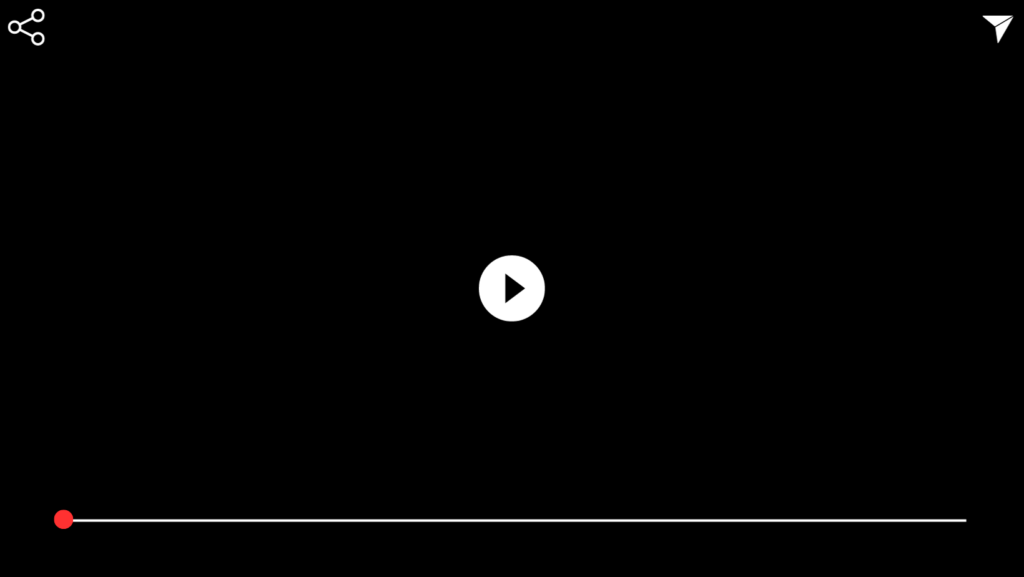“Look Back” is Heartwarming and inspiring coming of age film based on the manga by Tatsuki Fujimoto. It’s powerful story on friendship and creativity, jelousy, loss and art and its nature.
Spark of Rivalry
The story starts with Fujino who is a very outgoing, proud elementary school girl. She used to be featured in school newspapers and idolized by her classmates. In her eyes she is a wonderful manga artist, that is untill a rival is born.
Kyomoto is a new student who is very mysterious and claims to have social anxiety so she is homeschooled. When Fujino laid eyes upon Kyomoto’s work, she kbew she was in trouble. Unlike her peices,both kyomoto’s art and anime were masterfully polished, expressive and emotionally shallow. Immediately, she gets a bad case of inferiority syndrome. Overwhelmed with negative feelings, she brings an end to pursuing drawing.
A Connection Forms
As elementary school comes to an end, Fujino is tasked with personally delivering Kyomoto’s graduation certificate. Initially put off by the idea, she eventually relents. Upon arriving at Kyomoto’s small and quiet house, she steps into a room overflowing with manga and drawing supplies. This marks the first meeting of the two girls.
For some reason, she’s a lot more quiet and humble than expected. She goes on to tell Fujino—somewhat shyly—that the genre-defining manga and anime Fujino sketched during her school’s paper editing period actually motivated her to pursue drawing. It dawns on Fujino that, however far from her professional goals she thought she was, she somehow managed to fuel the imagination of others.
And so, the fire inside Fujino was reignited. She and Kyomoto bonded over their passion for manga, which eventually led the two to create their very own collaborative story. They agreed to split the work; Kyomoto would do the detailed panels and intricate backgrounds, while Fujino would do the pacing and character creation. The results were spectacular.
Growth and Success
Eventually, their works came into the public eye. The girls entered into professional manga and began garnering attention from readers. While teenagers, the three shared the experience of working under tight deadlines, coming together to build something, riding the waves of rising fame, and seeking recognition for their joint efforts.
However, divergence changes everything. Kyomoto’s nuanced character means that he is still introverted and highly sensitive. Unlike his former colleague, Shuhei Kyomoto has no burning desire of being in the spotlight. He enjoys creating too much, but feels professionally stifled, devoid of the ability to encourage and enhance their skill through self-guided development.
In the end, it’s Kyomoto who outlasts the partnership and heads for art school. He wants to find her unique style and explore new techniques. It’s a bittersweet departure. While Fujino finds success in solo manga and, has to grapple with a profound sense of loss due to her silent friend’s absence.
Tragedy Strikes
“Coming up next in breaking news, a fatal stabbing incident at an arts school has been reported.” It’s Fujino’s blank stare. Painfully familiar names and insufferable places flood into focus. It’s the school where Kyomoto goes.
Fujino hurries to the site, and her most frightening conjecture turns into reality. Kyomoto is one of the victims. Her shock makes everything seem dull. Her emotions drown her, blending grief with guilt and regret. She picks apart every incident, wondering: What if she did not coax Kyomoto into chasing a career as a professional? What if they remained as a couple? What if she took some kind of action—anything—different?
A Different Timeline
Fujino’s sorrow drives her to fantasize, escaping into a vivid reverie—one that conquers her biases and provides more freedom than reality. In this imagined timeline, she never steps foot in Kyomoto’s house. They never form a friendship. Kyomoto does not attend art school—and in turn, she survives.
Yet here, she continues to draw and scribble worlds in her mind, a kaleidoscope of creativity locked within. Her disconnection from the world remains, but with it civilization matures in a way no one expects. Fujino realizes that despite the joy their short time together gave her, it anchored them both for a reason. Their connection mattered.
Moving Forward
We return to the present. Fujino visits the old studio with ache. There, she finds one of Kyomoto’s incomplete drawings: fragile, passionate, vibrant. She stares, soaking in the moment for an extended period of time.
With the intention to breathe life into Kyomoto’s spirit, Fujino retrieves their memoir and recalls the journey they went through together. She is resolved towards completing an unfinished tribute her art has not yet been able to fulfill—and decides to draw.
Fujino is depicted with a pencil, sketching an emotionally charged illustration, layered with complex textures—a new addition to her comics. The engineering of those characters’ delightful expressions was intended to reflect the emotions being born in her studio as she crafted each remarkable piece of art. It becomes clear that life moves forward with sifting time while remembering the past, healing wounds, and creatively reflecting on events that had taken place.
“Look Back” Recap and Final Analysis
This poignant watch deeply provokes the viewers to reflect and feel the two intertwined themes: Life is fragile – its boundaries blurred; but with the strength in humanity—as raw, revealing creative vulnerability as it is—for some it encounters immeasurable pain. With an abundance of meticulous attention to pacing and silence, the slow burn in the narrative extracts the stillness of profound emotions that goes unrest amid the cacophony. It asks the audience to put aside ordinary spectacles powered by force and features extraordinary beauty unveiled like a never-ending bookmark in a girl’s delicate pencil sketches.
Watch My Look Back on Kisscartoon
Read Also,








